Sam Yahel - Searchin' (1997)
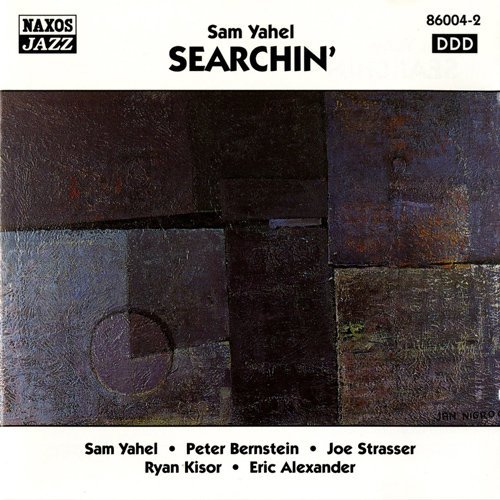
Artist: Sam Yahel
Title: Searchin'
Year Of Release: 1997
Label: Naxos Jazz [86004-2]
Genre: Contemporary Jazz, Post-Bop
Quality: FLAC (tracks+.cue, log, covers)
Total Time: 01:02:28
Total Size: 351 MB
WebSite: Album Preview
Tracklist: Title: Searchin'
Year Of Release: 1997
Label: Naxos Jazz [86004-2]
Genre: Contemporary Jazz, Post-Bop
Quality: FLAC (tracks+.cue, log, covers)
Total Time: 01:02:28
Total Size: 351 MB
WebSite: Album Preview
01. Searchin' (6:40)
02. Half Baked (6:09)
03. Never Let Me Go (7:28)
04. Raining on the Rosebush (a.k.a Double Rainbow) (6:46)
05. A Suspicious Love Affair (8:01)
06. A Sleepin' Bee (7:31)
07. Hymn for Her (8:16)
08. My Ideal (5:28)
09. Block (6:08)
Sam Yahel's debut release as a leader is a promising one for fans of the Hammond B-3. The 25-year-old organist understands, respects, and commands the full capability and power of his instrument. He builds his sound from within the tradition, while developing a distinctive, personal approach. The young organist has a cleanly articulated style that has more in common with Larry Young and Shirley Scott than with Jack McDuff or John Patton. His pedal work is understated, the bass tones coming to the forefront only on Eric Alexander's "Block," the closest Yahel comes on Searchin' to playing a stomping, bugaloo number. The album's best tracks are the five where Yahel works in a trio with guitarist Peter Bernstein and drummer Joe Strasser, notably Jobim's "Double Rainbow," the artist's own "Hymn For Her," and the ballad standard "Never Let Me Go." If ballads are the true measure of a jazz musician, then his playing on "Never Let Me Go" ranks him as an up and coming master. Strasser's deft brush work and Bernstein's subtle shading around the changes with single notes and partial chords complete this accomplished group performance. Tenor player Eric Alexander complements the core trio well on four tracks. He has a crisp, confident style that calls to mind Joe Henderson and Joe Lovano. On the other hand, trumpeter Ryan Kisor's warm-toned, legato style is not entirely at home in this setting. Searchin' establishes Yahel as an important player. He has the tools to allow him to open up his performances, to explore other, as yet unrevealed or undiscovered facets of his musicianship, and to chart new developments on the Hammond. The next chapters will be worth watching for.
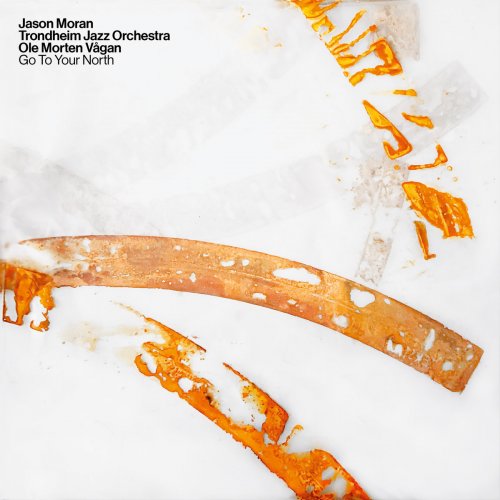
![Kate Kortum - Wild Woman Tells All (2026) [Hi-Res] Kate Kortum - Wild Woman Tells All (2026) [Hi-Res]](https://www.dibpic.com/uploads/posts/2026-01/1767862862_ajiixgeb8lsxc_600.jpg)
![The Mood Mosaic - Soul Allure (2026) [Hi-Res] The Mood Mosaic - Soul Allure (2026) [Hi-Res]](https://www.dibpic.com/uploads/posts/2026-01/1767930779_j8tt8dryg8d9a_600.jpg)
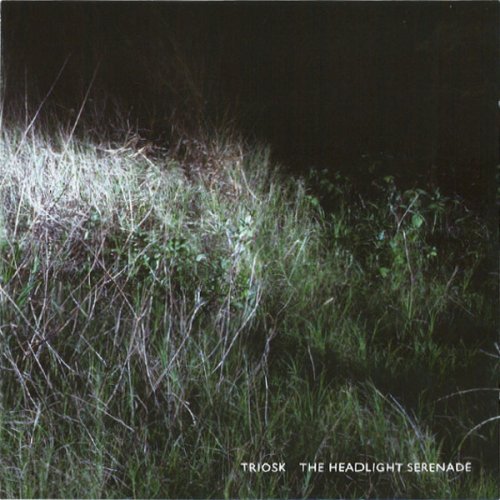
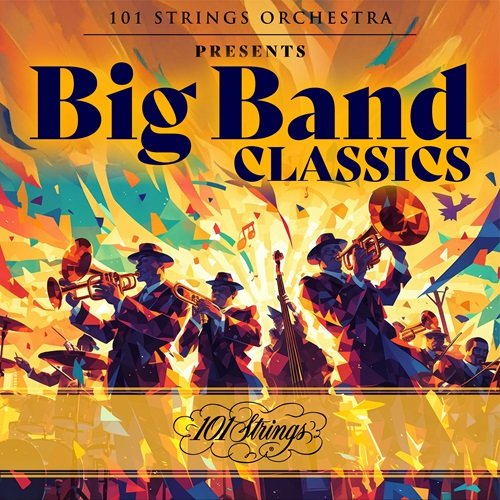
![Eddie "Lockjaw" Davis - Land Of Dreams (1982) [Vinyl] Eddie "Lockjaw" Davis - Land Of Dreams (1982) [Vinyl]](https://www.dibpic.com/uploads/posts/2026-01/1767962313_5.jpg)
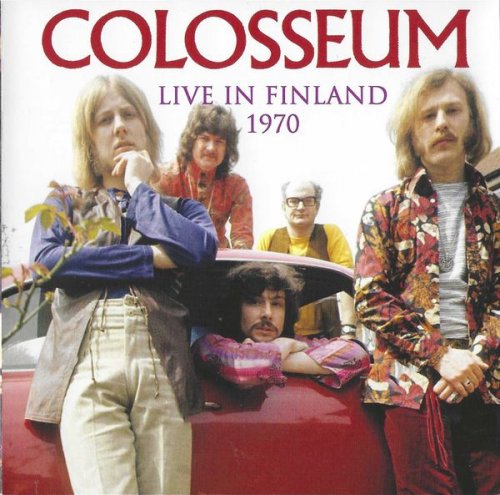
![Lophae - Fry Before You Buy (2026) [Hi-Res] Lophae - Fry Before You Buy (2026) [Hi-Res]](https://img.israbox.com/img/2026-01/08/mfhj4tpc29y1myjoaxltfnrfz.jpg)
![Kris Davis - The Solastalgia Suite (2026) [Hi-Res] Kris Davis - The Solastalgia Suite (2026) [Hi-Res]](https://www.dibpic.com/uploads/posts/2026-01/1767813120_cn2fxh9eb5ntc_600.jpg)